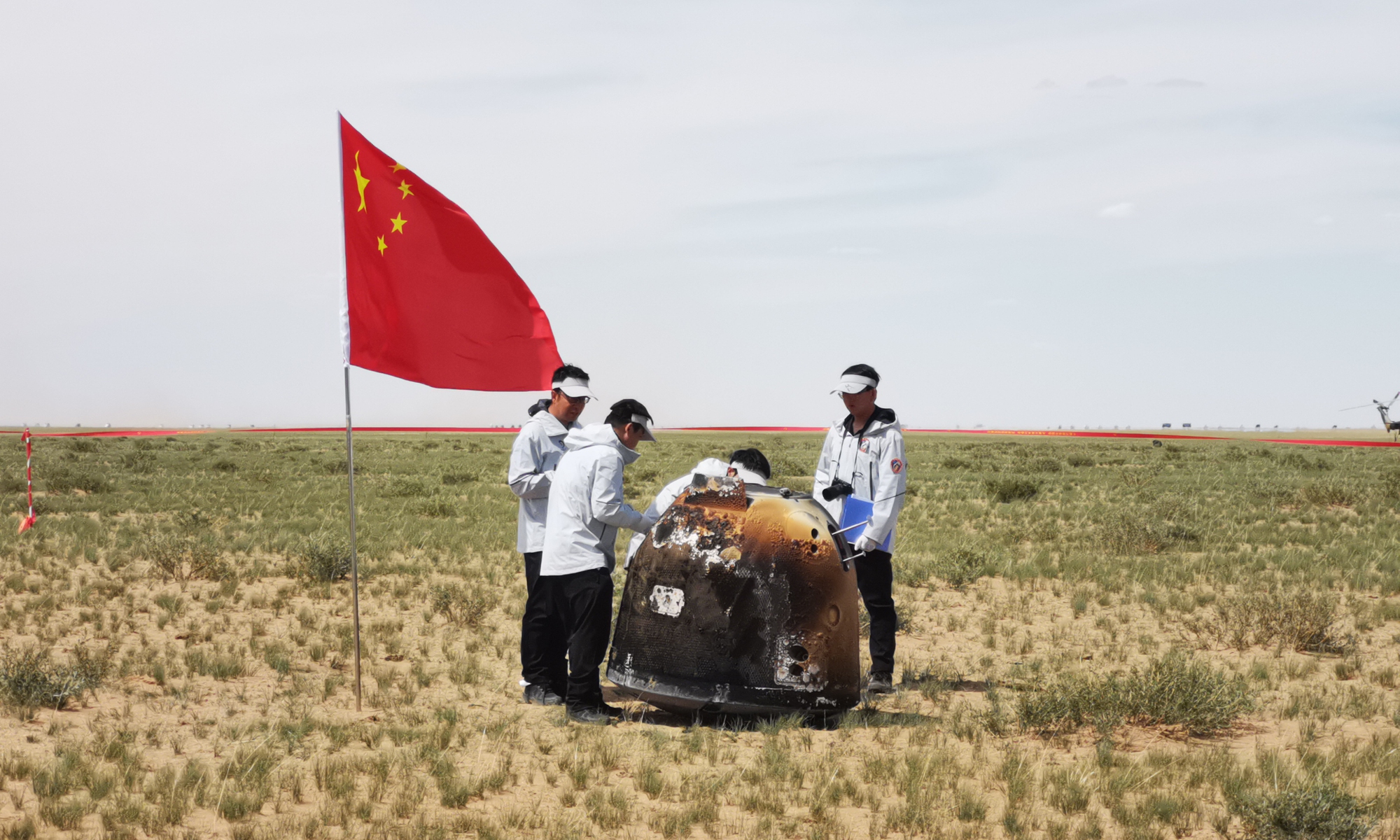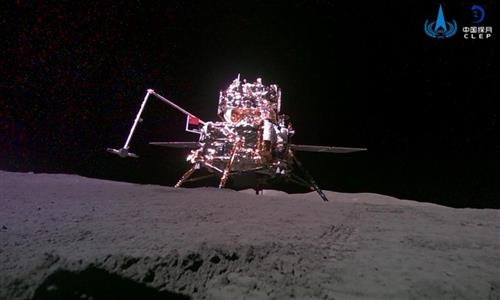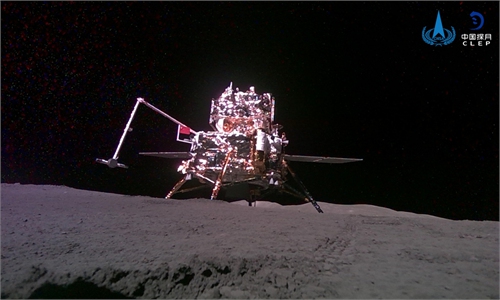PETALING JAYA: Curbing the sale of unregistered medical items online is still a challenge, although the Medical Device Authority (MDA) has been clamping down on distributors of these unapproved products.
Condoms and contact lenses are among the top items sold without proper registration.
Within the first six months of the year, the MDA conducted two raids in the Klang Valley area.
ALSO READ: Experts: Avoid buying unregistered medical items
“The MDA works to ensure compliance. But challenges like unauthorised online sales still remain. The MDA has successfully resolved 19 cases since 2020.
“This year, we conducted two raiding operations in the Klang Valley area,” a spokesperson for the Health Ministry agency said when contacted.
The MDA conducts an average of four raids a year in relation to the sale of unregistered medical devices or businesses operating without a valid MDA licence.
“A total of four cases have been brought to court so far. Besides that, MDA has suspended 28 establishment licences and revoked six establishment licences for a variety of violations under Act 737 (Medical Device Act 2012),” said MDA.
Products worth RM1.5mil were seized in these operations.
The top five items seized include examination gloves, contact lenses, blood lancets, medical face masks, and condoms.
These items, said the MDA, also included those sold on ecommerce or social media platforms.
“Based on our market surveillance activities, unregistered medical devices are also found in pharmacies and convenience stores. This is because there are irresponsible distributors who are distributing unregistered medical devices without licence to pharmacies as well as convenience stores,” said the MDA.
The MDA received a total of 19,833 applications for the registration of devices. Of these 9,650, there were new registrations. A total of 18,136 applications were approved, including 9,153 new ones.
“The requirement for the registration of medical devices is stated in the Third Schedule of the Medical Device Regulations 2012,” the spokesperson said.
An approval should be obtained from MDA before medical device advertisements are published or broadcast in any medium or platform.
“Furthermore, the MDA will always monitor advertisements across all platforms from time to time to curb the sales of unregistered medical devices and unapproved advertisements,” added the spokesperson.
As unregistered medical devices are available on the market, the MDA advises the public to verify the device’s registration status before purchasing.
This can be done by keying in the registration number on the authority’s website.
When contacted, Deputy Domestic Trade and Cost of Living Minister Fuziah Salleh said the regulation of medical devices falls under the purview of MDA.
However, if a medical device is found to have fake certification, the ministry can take the necessary action under the Trademarks Act 2019.
“If the medical device (appears) to have the approval of the MDA but the MDA confirms that it doesn’t, then we can take action according to the Trade Descriptions Act 2011.
“The ministry has not received any complaints in relation to this issue to date.
“However, a joint operation can be conducted to curb this according to the jurisdiction of the respective agencies,” she said.
Related stories:
Experts: Avoid buying unregistered medical items
There’s danger in buying medical devices online
Govt urged to crack down on black market for medicines
Sexual medicines among items seized during DBKL op on business premises









